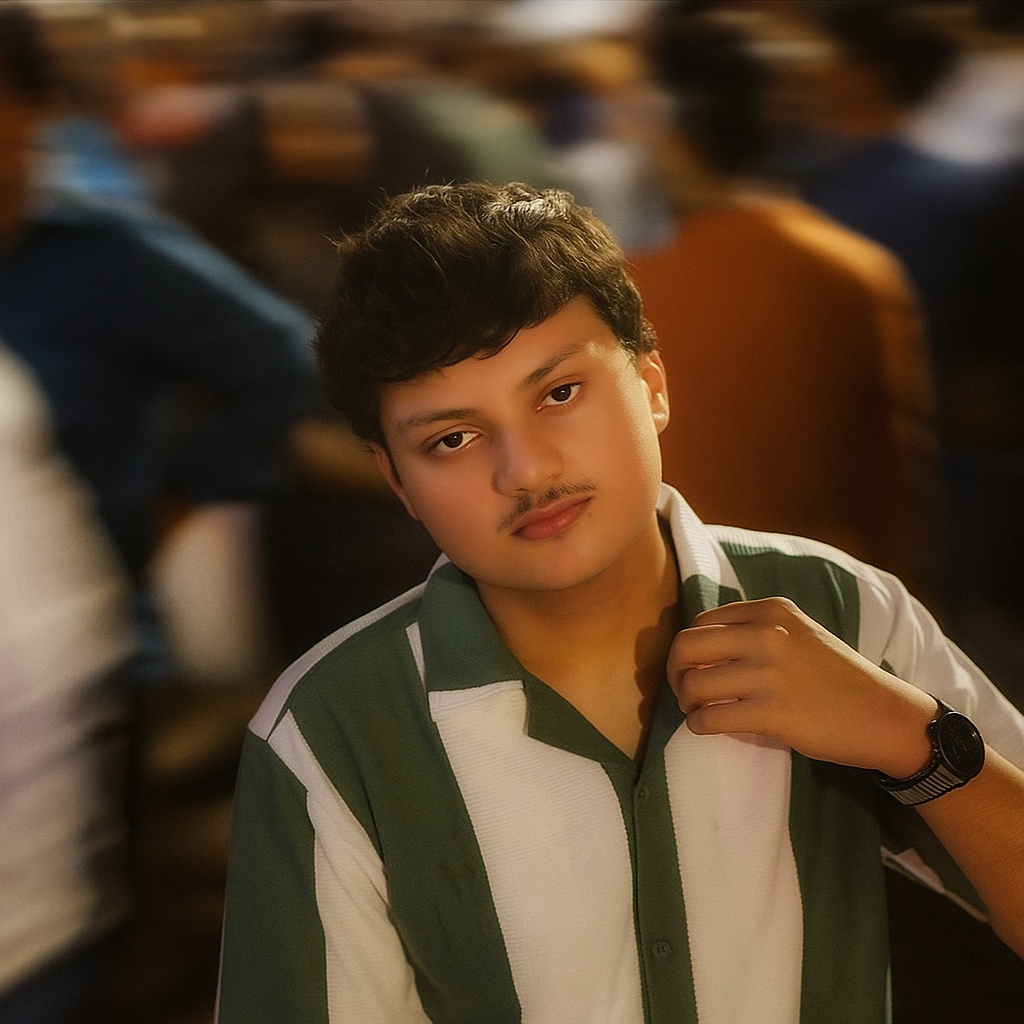About Us

Shadab Sayeed
Shadab is the CEO of DecEptioner. He started his career in the online world as a freelancer. He is a techie by heart but also has a ton of experience in writing content and as a programmer.
The idea to build an AI text humanizer came along when one of his college friends got an 'F' because his professor was convinced that he used an AI to write his paper. His friend was devasted as not only he had not used any kind of AI to write it, he had worked upon it for weeks.
With an aim to help his friend Sayeed went on his way to build something that helps such students/writers who have been falsely accused of using AI to do their work. Upon further investigation Sayeed found out that even WikiPedia and New York Times authors were not spared by these AI detectors. Many of their articles from the past decade which he found out using archive.org were written by AI according to many of the popular AI detectors. This convinced him that what he is working on is needed by many and so after working on it for months he came up with DecEptioner.
Today, he remains busy in improving DecEptioner by the day and writing content for his client during the night.

Shaif Ahmad
Shaif is our COO. He is a Mechanical Engineer by profession and is a car enthusiast. His focus on long term decision-making along with his calm and composed demeanor makes him a perfect fit for this organization. He is rightly called "Steady Sage" by some of his team members. When he is not ranting about cars you can find him learning MySQL and Python.

Mohammad Shahid
Shahid is our Front-End Engineer. Shahid is a product-minded developer who led the end-to-end frontend design of DECEPTIONER, an AI rewrite tool. He owned the experience from first wireframes to production UI—shaping flows, building the component library, and tuning performance so the app feels fast, accessible, and dependable.
On DECEPTIONER, Shahid designed the core rewrite workflow: a focused editor, tone and intent controls, streaming results, side-by-side compare, version history, and one-click copy/export. He built the design system and tokens, documented patterns, and kept the interface responsive and keyboard-friendly. He also handled the “hard edges” users actually feel—empty and error states, loading skeletons, rate-limit handling, and clear recovery paths.

